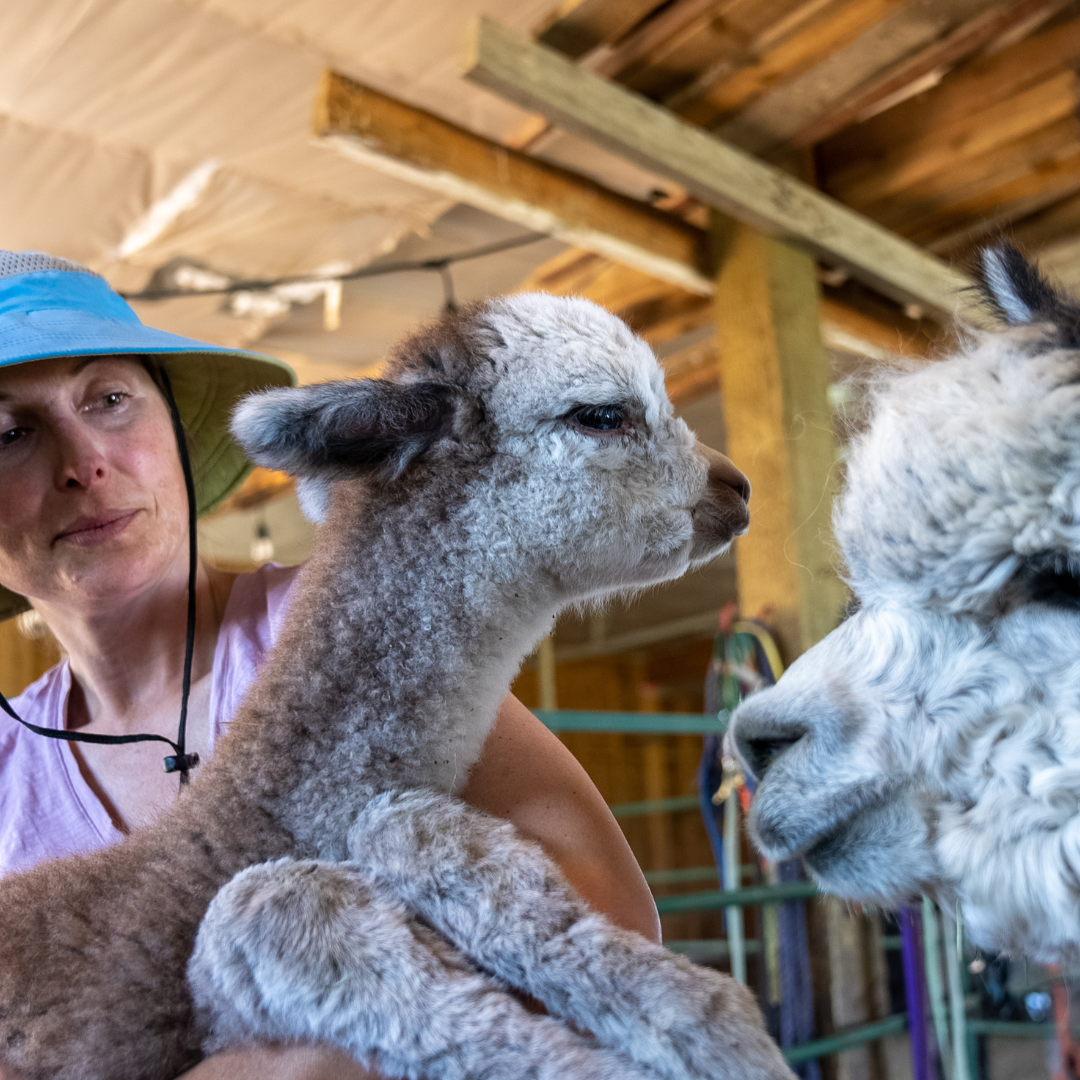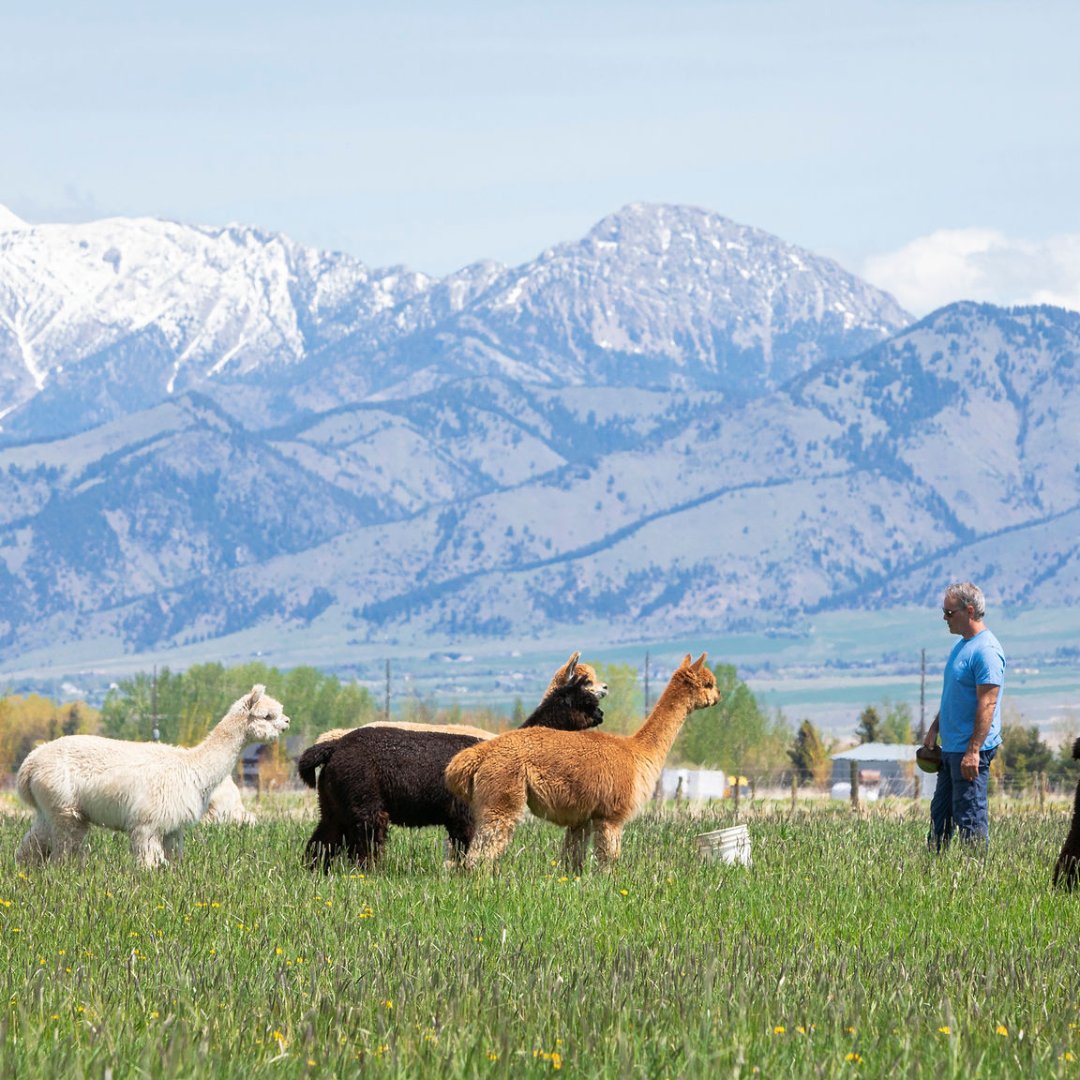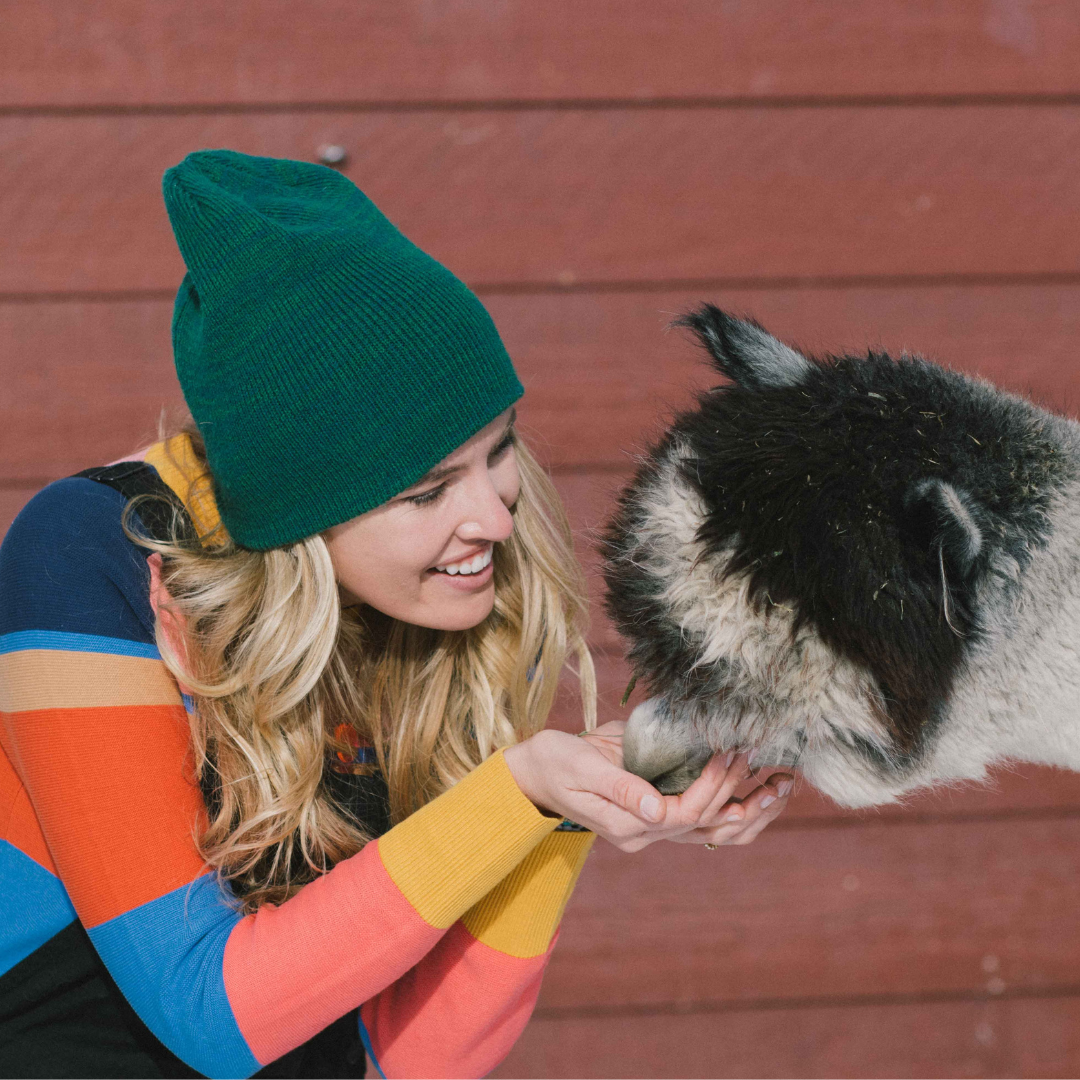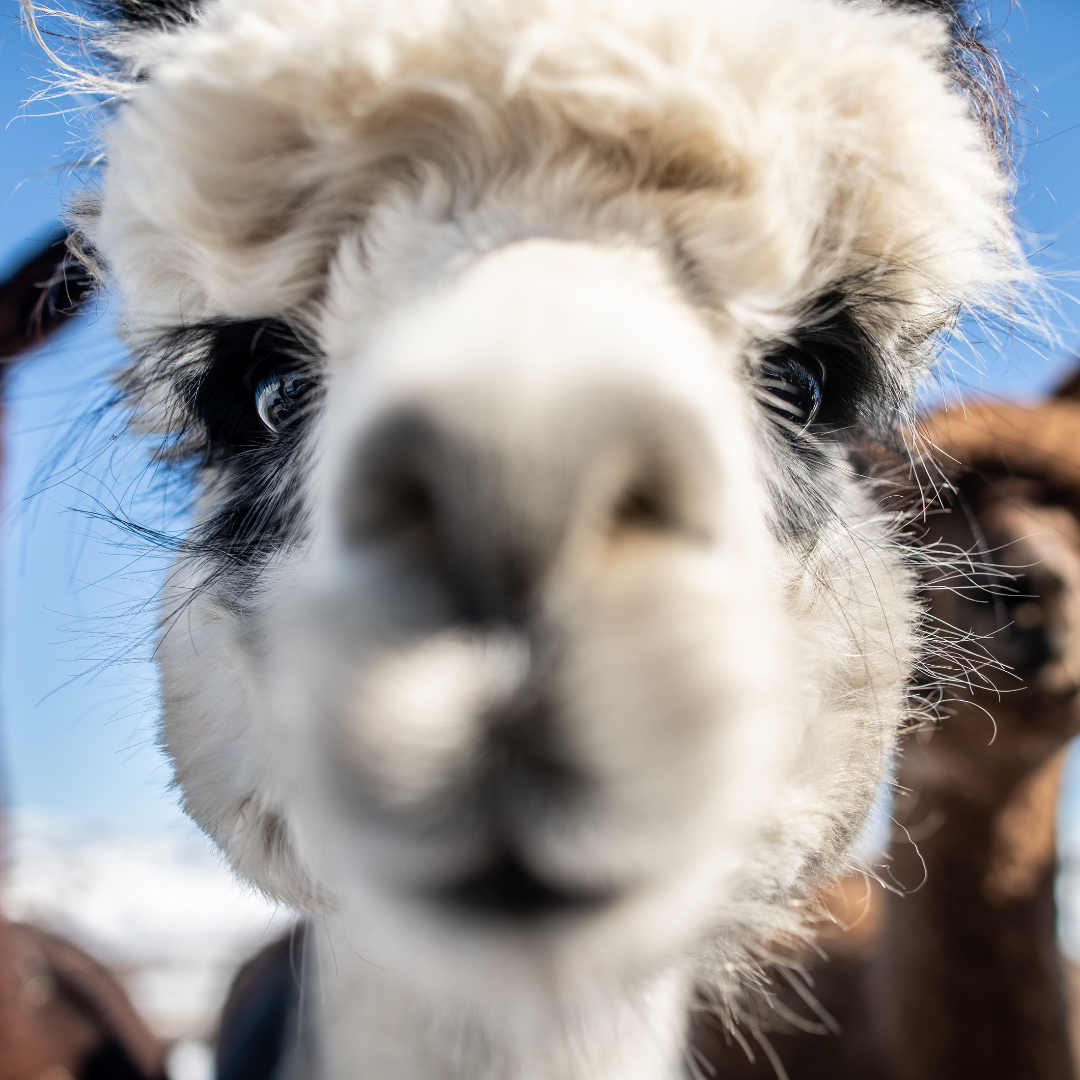Quarantine is defined as voluntary or compulsory isolation, typically to contain the spread of something considered dangerous, often but not always disease. Is quarantine necessary in the alpaca industry? Yes, in my opinion. But we need to understand what conditions quarantine and bio-security protect against. It is my opinion that quarantine definitely prevents the spread and contamination of internal and external parasites such as worms, coccidian, lice mange and ringworm. Common sense tells us that direct contact with sick animals or people or sharing eating or drinking utensils will increase the likelihood of transmission and infection with certain infectious bacterial pathogens. Quarantine may or may not be effective in controlling viral spread. It appears to me that some breeders may not understand possible modes of transmission of some parasites and infectious agents.
What are we trying to prevent and what are the sources of contamination? We can get environmental contamination from feces, bedding, water, feed, rodents, birds, insects, deer and dogs as well as other animals. Visitors, new her additions, males, females or crias coming in or out for breeding, as well as alpacas returning from shows or sales are all possible sources of contamination.
What conditions do alpacas contact that we are trying to quarantine? Rabies can be spread by any alpaca through saliva. Leptospirosis is spread by deer, cattle, foxes, raccoon, rats, opossums, and drainage. Salmonella and Staph infections are spread by birds, mammals, and reptiles while crypto and giardia can be spread by any species. Insects like deer ticks can spread lyme disease. Pasture mites are the intermediate host for tapeworms. Mosquitoes spread West Nile Virus from birds. Mosquitoes, biting flies and ticks can transmit Mycoplasma (EPE). Fecal contamination results in the spread of intestinal bacteria like salmonella and E.coli. Viruses such as BVD, rot virus, and corona virus are spread through fecal pathways as well as other vectors. Again, protozoa, such as coccidian, giardia and cryptospirosis as well as all intestinal parasites are spread through fecal contamination.
Depending on the above issue that you hope to prevent or control, how is your quarantine set up? How long do you quarantine? What do you check the alpacas for that are quarantined and how often? Where is your quarantine area located in relation to your non-quarantined animals? Under what circumstances do you use your quarantined area? Do you go from your quarantine area to your alpacas with the same shoes and clothes after touching the quarantine animals and their utensils? Do you go through a foot bath? Do you wear gloves? Do you use quarantine after a show or do they go back to the herd? There are questions to consider when determining what you expect to accomplish by quarantine.
I feel that quarantine mainly helps to accomplish parasite control, which is certainly major as most of our drugs that kill worms or coccidian are only partially effective, at best. If checking for worm eggsor small Emeria sp. coccidia, I would recommend 2 negative fecal checks. Consider one exam on arrival and another at day 14. If we find E. mac coccidian where the incubation period is 40-43 days, then I recommend a fecal every 10 days through 45 days. They could result in at least a 6-week or longer quarantine. That is why many breeding farms insist on 2 negative fecals prior to accepting females for breeding.
Quarantine location is extremely important. If often witness a quarantine area just across the driveway from the other alpacas. Could flies and mosquitoes transmit bacteria or viruses across this distance? Can the wind and dust transmit bacteria and viruses this distance? The swine industry has proven that the wind can spread active virus particles up to 20 miles. What about sneezing, coughing and the airborne particles that land in the water, grass or are inhales? Do you, dogs or other vectors walk across the drive from on pen to the next? I certainly do not know all of the vectors for bacterial or viral disease transmission, but I realize that it is difficult to build a barrier to prevent airborne transmission. Certainly the prevention of none-to-nose contact is important, and quarantine accomplishes that.
Most bacterial and viral conditions in alpacas are contracted any time a large number of alpacas are commingled in the same area such as shows, sales, university clinics, etc. It is my opinion that stress, along with unflushed water systems at some show arenas, and ventilation fans are factors in the spread of certain pathogens responsible for some diarrheas as well as some respiratory conditions. Sometimes the bedding walked on at shows may be the source of alpacas and humans taking pathogens back home to apparently healthy animals that have little immunity or protection. It is my belief that many breeders who have been at an alpaca show all weekend and probably touched many animals arrive home tired, likely unload in their quarantine area, and walk straight through to check their “at-home animals” with the same clothes and shoes they wore at the show or sale. While they may not have touched the “at-home alpacas,” it would not be uncommon to feed hay and walk in front of a fan which could disseminate airborne pathogens from the show or sale off the caretaker’s clothing or shoes.
My point is that we need to be aware of possible modes of parasite and disease transmission. Know your animals and observe their normal and abnormal behavior. Alpacas are extremely stoic and are often very sick before they show clinical signs. If there is question, take their temperature, take their heart beat, and observe their respiration. It is not uncommon for a fecal flotation that was negative prior to stress of transport or a show to be very positive 5 days after stress. It can be important with some vague sicknesses (colds, snots, diarrheas) to determine if the problem is viral, bacterial, parasitic, or a combination of all. WE can usually treat an alpaca with a parasite or bacterial issue but only support an animal with a virus. The veterinarian can often pull blood for a chemistry panel and CBC (complete blood count) as well as a fecal flotation and get an indication if the issue is bacterial, viral, or parasitic before the condition affects the whole herd.
Sickness during and after alpaca shows is common. It has been my observation for years that diarrhea surfaces during the 2 to 5 days after many shows. Everyone has an opinion of a potential cause. When veterinarians do not know the infectious agent, it is often called a virus. Well, it could be rota virus, corona virus, adenovirus or possibly many other viruses. The true cause is often never diagnosed and blamed on feed. Do your research and focus on the many potential causes to find the source of the problem.


























































































